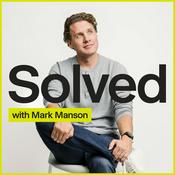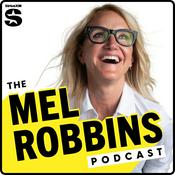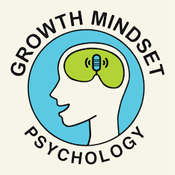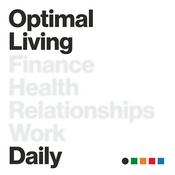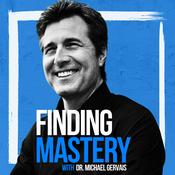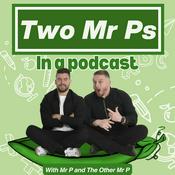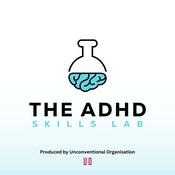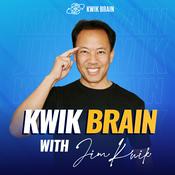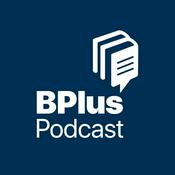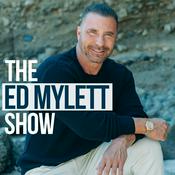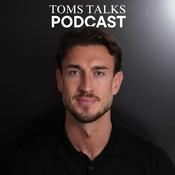1026 episodes

Vjekoslav Krajačić on File Pilot and a return to fast UIs
01/1/2026 | 33 mins.
Modern computers are faster than ever, yet much of our software feels slower, heavier, and more frustrating to use. In this episode of Hanselminutes, Scott talks with Vjekoslav Krajačić, creator of File Pilot, about bringing speed and responsiveness back to everyday tools.Vjekoslav built File Pilot as a reaction to bloated file managers and laggy interfaces, focusing on instant feedback, keyboard-first workflows, and a UI that feels immediate. We talk about what actually makes software feel fast, why modern frameworks often work against that goal, and how users instinctively know when an app respects their time.This is a conversation about restraint, craft, and why fast UIs still matter.https://filepilot.tech

Loris Cro on the Rise of Zig
25/12/2025 | 32 mins.
Why are so many developers suddenly talking about Zig? Is it just another systems language, or is something deeper happening?Scott sits down with Loris Cro, one of the community voices behind Zig, to explore why this relatively young language is getting so much attention from systems programmers, game developers, and performance-obsessed engineers alike. We dig into Zig’s radical focus on simplicity, explicitness, and control...and why not having features like a garbage collector or hidden magic is actually the point.Loris explains how Zig approaches memory safety, cross-compilation, and interoperability with C in a way that feels refreshingly honest, and why Zig’s philosophy resonates in a world increasingly shaped by complex toolchains and opaque abstractions. Along the way, we talk about the cultural moment Zig is emerging into, what developers are really asking for in 2025, and whether Zig represents a return to fundamentals, or a glimpse of the future.

Trusting Agentic AI with Dr. Dawn Song
18/12/2025 | 35 mins.
In this partnership episode between Hanselminutes and the ACM Bytecast, Scott talks with Dr. Dawn Song, MacArthur Fellow and leading researcher in computer security and AI and co-director at the Berkeley Center for Responsible Decentralized Intelligence about how privacy-preserving computation, fairness, and accountability can help us design intelligent systems we can actually trust.https://agenticai-learning.org

Human Agency in a Digital World with Marcus Fontoura
11/12/2025 | 34 mins.
Marcus Fontoura has led engineering teams at IBM, Yahoo, Google, and Microsoft...building the very systems that power our digital lives. Now, as the author of Human Agency in a Digital World, he’s asking a more profound question: how do we stay in charge of the technology we create? Scott and Marcus explore what it means to move from being passengers to pilots in an age of automation — through ethics, education, and intentional design.https://fontoura.org

Daniel Temkin and the Beauty of Esoteric Languages
04/12/2025 | 35 mins.
What happens when code stops being useful and starts being art? Scott talks with artist and programmer Daniel Temkin about his new book Forty-Four Esolangs, a deep dive into the world of esoteric programming languages...systems designed not to ship software, but to provoke thought. They explore how absurdity, constraint, and humor reveal something profound about how we think in code.https://danieltemkin.com
More Education podcasts
Trending Education podcasts
About Hanselminutes with Scott Hanselman
Listen to Hanselminutes with Scott Hanselman, The Rich Roll Podcast and many other podcasts from around the world with the radio.net app

Get the free radio.net app
- Stations and podcasts to bookmark
- Stream via Wi-Fi or Bluetooth
- Supports Carplay & Android Auto
- Many other app features
Get the free radio.net app
- Stations and podcasts to bookmark
- Stream via Wi-Fi or Bluetooth
- Supports Carplay & Android Auto
- Many other app features


Hanselminutes with Scott Hanselman
download the app,
start listening.

